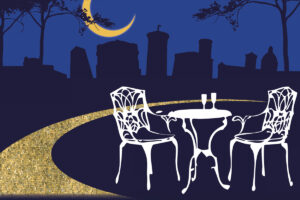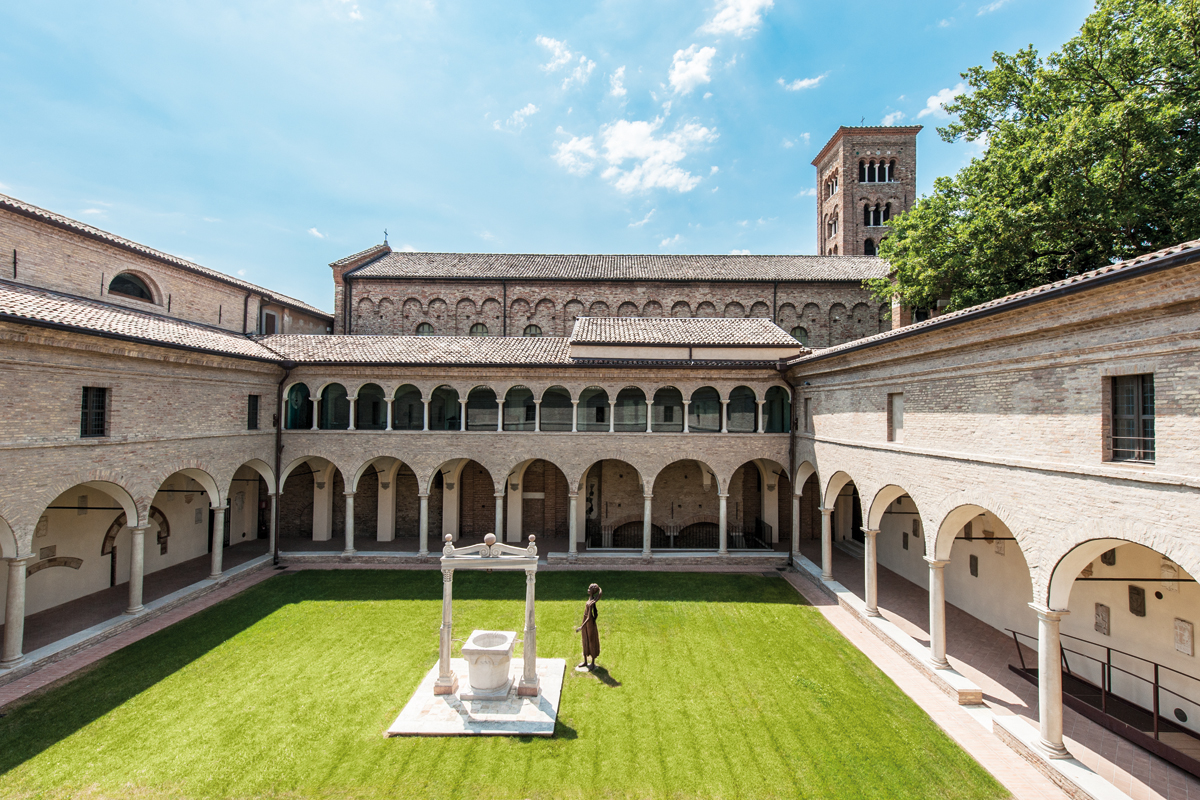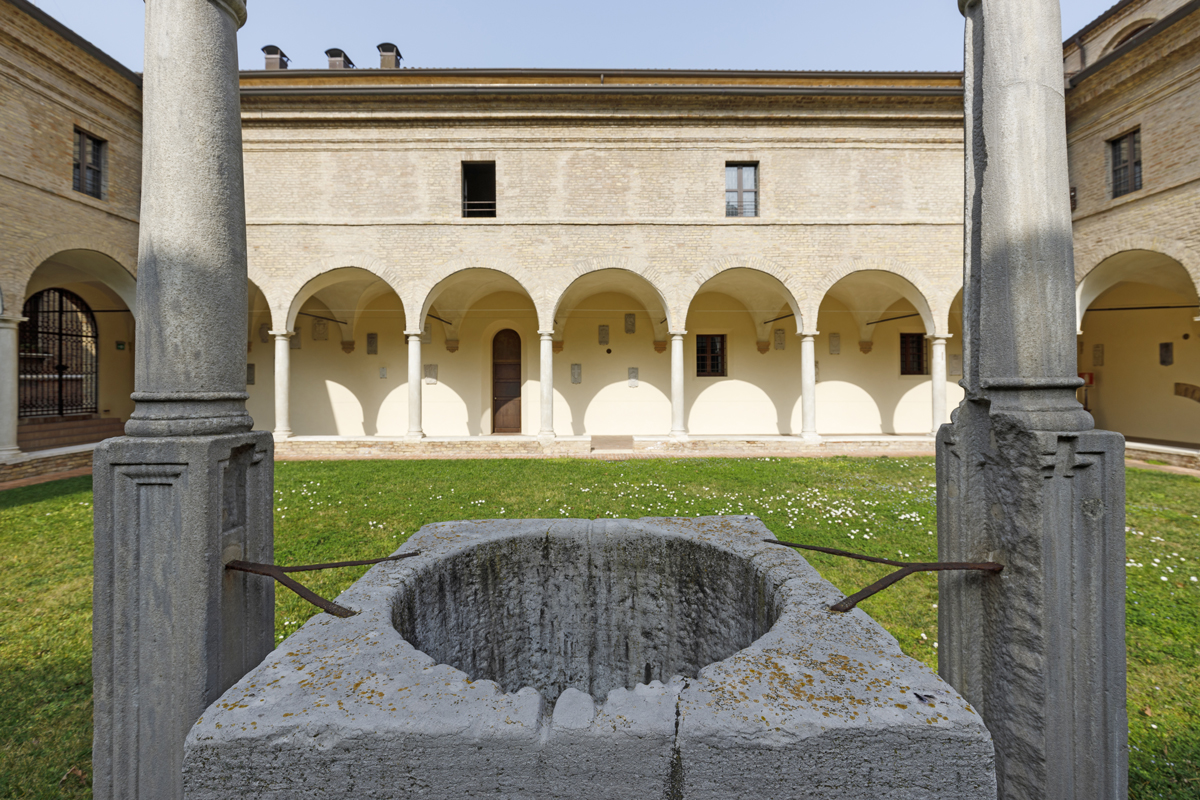Next to Dante’s tomb, the monumental complex of the OLD FRANCISCAN CLOISTERS is a corner of paradise and refined beauty in the heart of the city centre of Ravenna.
Even though it has undergone changes more than once over the centuries, the building has a high symbolic and moral value. As a matter of fact, it is a reminder of Dante Alighieri‘s presence in the city.
Even the newly reopened Museo Dante proves it: on the first floor of the museum is a journey through the works, life and memory of Dante Alighieri.
Today, the Old Cloisters are owned by Fondazione Cassa di Risparmio di Ravenna. Beyond the Dante Museum, the cloisters are also a fascinating venue for exhibitions and artistic and cultural events.
The history
Built in the Middle Ages (1261), the building was a cloister of the Minor Franciscan Friars, set just behind the Basilica of San Francesco, which hosted in 1321 the solemn funerals of the Supreme Poet.
Between the 15th and 17th century, a series of works overlapped the original structure. The current aspect of the Old Franciscan Cloisters dates back to the 20s, when the entire area dedicated to Dante took on the Romantic design you still see today.
On the occasion of the 6th centenary of the Supreme Poet’s death, other religious buildings connected with Dante’s memory have undergone several restoration works. Among them there were the Basilica of San Francesco, the Quadrarco di Braccioforte, Dante’s Tomb itself, on a project by architect Giulio Ulisse Arata (who also signed on the restoration projects of the Provincia Palace, just a few steps from the area).
Two cloisters in one soul
The complex counts two cloisters, one next to the other, with an in-between space used for exhibitions and conferences.
The first cloister is called “Dante” because of its vicinity with his tomb. It features a refined portico, embraced by columns with Doric capitals. At the centre, a well is framed by two columns with Byzantine capitals of the 6th century AD, maybe coming from the Basilica of San Vitale.
The second cloister is called “della Cassa”. It is rectangular-shaped and has a portico of columns made of Istrian stone, red Verona marble and Greek marble. The puteal standing at the centre is made of Istrian stone as well.
It is decorated with two urns and two crests engraved on it, on which stands out an eagle with the motto “In Pietra Exaltavit Me”.
On the western side is a slab stone that reminds of the extraordinary event of the Dante’s spoils snatching, which were hidden in 1519 by the Franciscan friars in order to prevent them to be brought back to Florence – Dante’s birth city.








